This charming pair of houses at 122 and 124 Peter Street are located on the west side of the street, a short distance south of Richmond. Built between the years 1873 and 1874, the first resident of 122 Peter Street was Mrs. Gordon, widow of Alexander Gordon, and at 124 Peter Street, the first occupant was Dr. Robert Grimman and his family. He was a staff surgeon at a nearby hospital. These houses are visible reminders of the residences that once graced Toronto’s downtown streets during the 19th century.
The overall design of the two houses is symmetrical. This was important, as was the desire for the picturesque. This is perhaps best exhibited in the steep gable that is trimmed with vergeboard, the word verge meaning the end or edge of a thing. It is also commonly referred to as gingerbread. The Victorian wood trim was used to hide the ends of rafters and hangs from the projecting end of the gable roof. Its intricate scrolled patterns were created by hand, employing a coping saw.
A “For Sale” sign was attached to the houses several months ago, but a “Sold” sign has now replaced it. I am not optimistic about the future of these houses, as they are no longer in good condition. The above photo was taken on a sunny summer day, and the reflection off their stucco facades creates a more positive impression than if the homes are examined closely. I fear that they will be demolished, as to restore them would be very costly. It will be a pity to lose them, as they are an important part of the city’s architectural heritage.
Examining the houses today, it is difficult to imagine the quaint gardens of their front yards when they blossomed with colourful flowers. In those days, Peter Street was narrower, and the front gardens possessed more space. Today, the gardens are overgrown, the small fence and trellis in poor repair. At one time, these houses would have resembled those found in rural towns throughout Ontario. The bargeboards (gingerbread trim) high atop the peak of the gable add to their appeal. The tall chimneys remind us of an era that did not possess the comforts of central heating.
I am pleased that I had the opportunity to discover these houses before they disappear from the urban scene.
Entrance to #122 Peter Street (left) and the soaring gable shared by the two houses.
Another reason that these two houses are unlikely to survive is that their context has been destroyed. Instead of being a part of a residential street, they are sandwiched between a parking lot and another 19th century home whose appearance has been destroyed by the addition constructed across its facade. The area is now dominated by high-rise condominiums.
The gable that the houses share, with its bargeboard (gingerbread) trim
Bargeboard trim (gingerbread) and the pinnacle on the gable are in poor condition, the paint peeling.
Over-grown garden at the front of the houses
To view the Home Page for this blog: https://tayloronhistory.com/
For more information about the topics explored on this blog:
https://tayloronhistory.com/2016/03/02/tayloronhistory-comcheck-it-out/
Books by the Author
“ Lost Toronto”—employing detailed archival photographs, this recaptures the city’s lost theatres, sporting venues, bars, restaurants and shops. This richly illustrated book brings some of Toronto’s most remarkable buildings and much-loved venues back to life. From the loss of John Strachan’s Bishop’s Palace in 1890 to the scrapping of the S. S. Cayuga in 1960 and the closure of the HMV Superstore in 2017, these pages cover more than 150 years of the city’s built heritage to reveal a Toronto that once was.
“Toronto’s Theatres and the Golden Age of the Silver Screen,” explores 50 of Toronto’s old theatres and contains over 80 archival photographs of the facades, marquees and interiors of the theatres. It relates anecdotes and stories by the author and others who experienced these grand old movie houses. To place an order for this book, published by History Press:
Book also available in most book stores such as Chapter/Indigo, the Bell Lightbox and AGO Book Shop. (ISBN 978.1.62619.450.2)
“Toronto’s Movie Theatres of Yesteryear—Brought Back to Thrill You Again” explores 81 theatres. It contains over 125 archival photographs, with interesting anecdotes about these grand old theatres and their fascinating histories. Note: an article on this book was published in Toronto Life Magazine, October 2016 issue.
For a link to the article published by |Toronto Life Magazine: torontolife.com/…/photos-old-cinemas-doug–taylor–toronto-local-movie-theatres-of-y…
The book is available at local book stores throughout Toronto or for a link to order this book: https://www.dundurn.com/books/Torontos-Local-Movie-Theatres-Yesteryear
“Toronto Then and Now,” published by Pavilion Press (London, England) explores 75 of the city’s heritage sites. It contains archival and modern photos that allow readers to compare scenes and discover how they have changed over the decades. Note: a review of this book was published in Spacing Magazine, October 2016. For a link to this review:
spacing.ca/toronto/2016/09/02/reading-list-toronto-then-and-now/
For further information on ordering this book, follow the link to Amazon.com here or contact the publisher directly by the link below:
http://www.ipgbook.com/toronto–then-and-now—products-9781910904077.php?page_id=21
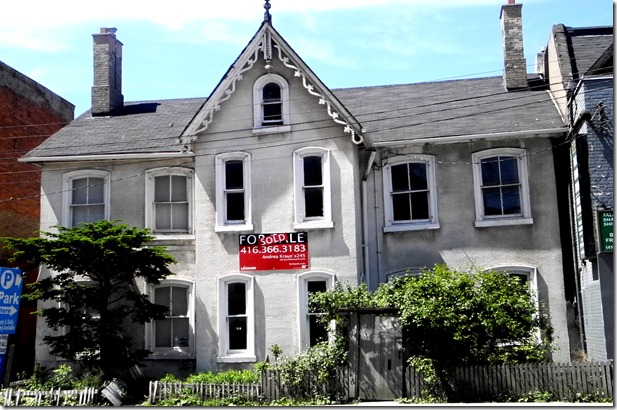
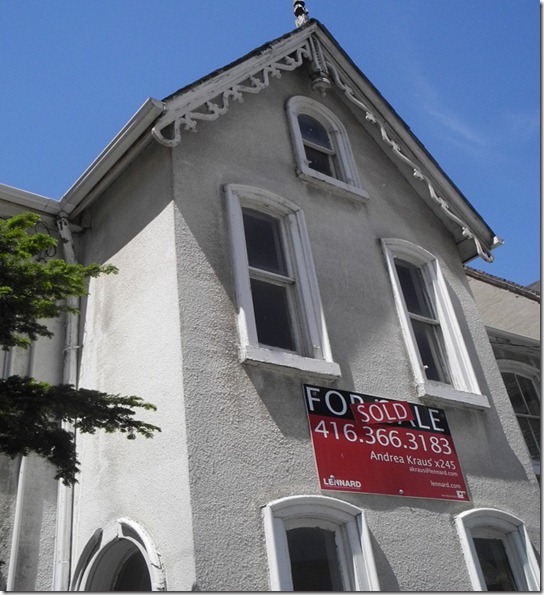
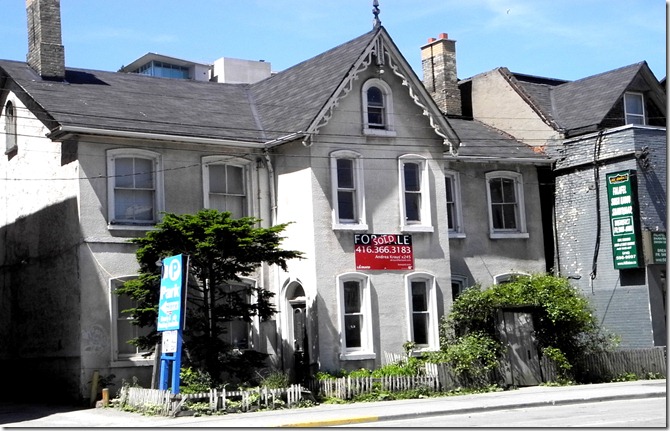
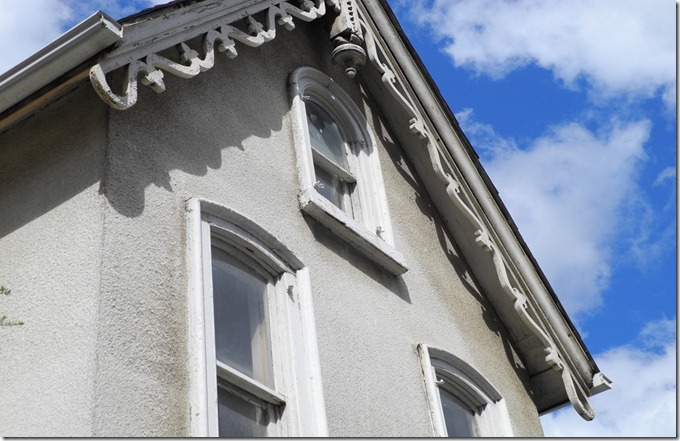
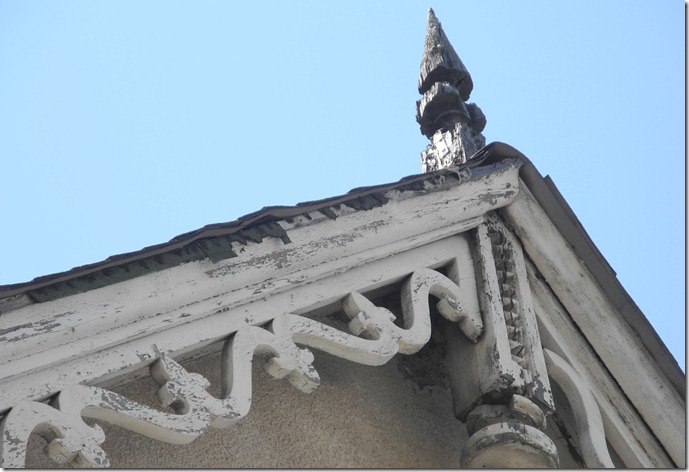
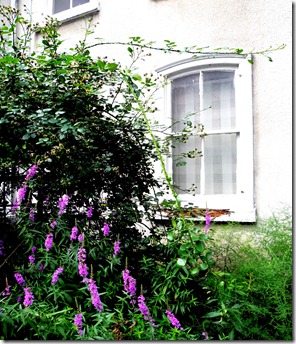
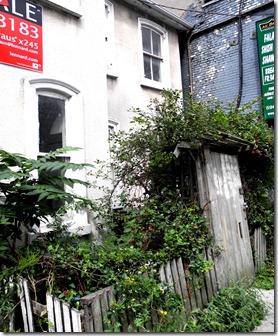
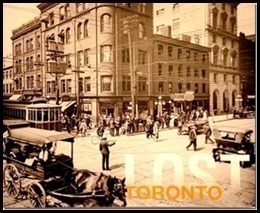
![cid_E474E4F9-11FC-42C9-AAAD-1B66D852[2] cid_E474E4F9-11FC-42C9-AAAD-1B66D852[2]](https://tayloronhistory.com/wp-content/uploads/2018/07/cid_e474e4f9-11fc-42c9-aaad-1b66d8522_thumb2.jpg)
![image_thumb6_thumb_thumb_thumb_thumb[1] image_thumb6_thumb_thumb_thumb_thumb[1]](https://tayloronhistory.com/wp-content/uploads/2018/07/image_thumb6_thumb_thumb_thumb_thumb1_thumb2.png)


